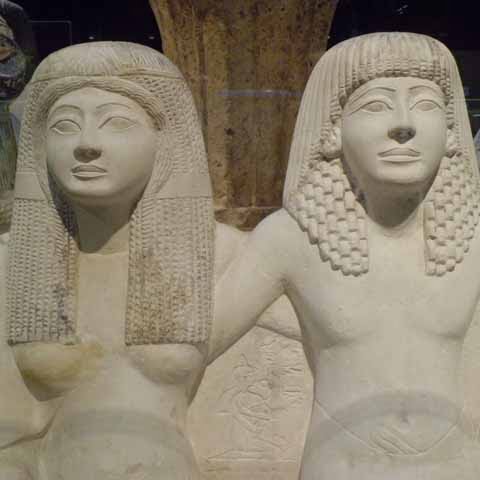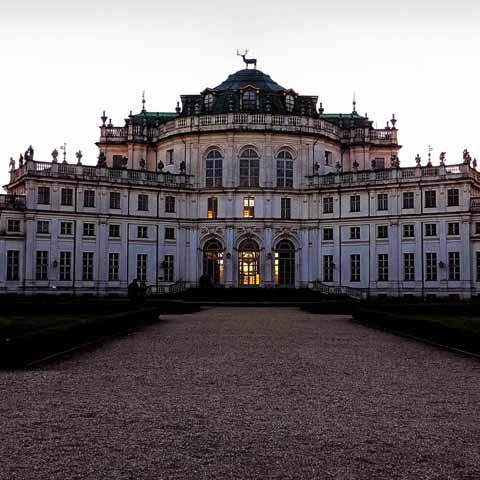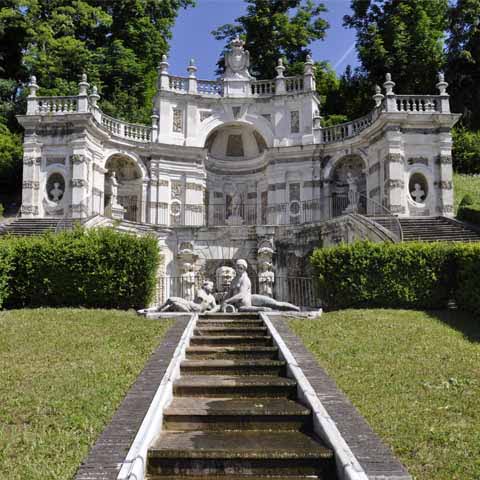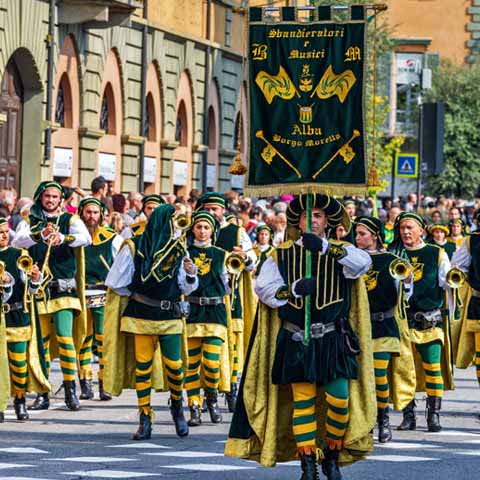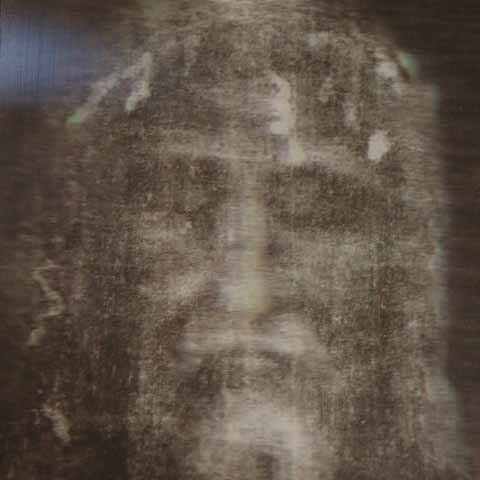Piedmont, as its name suggests, is a region that reveals a close relationship with the mountains, a constant and looming presence well visible all over the region. In fact, the mountains surround the region on three sides and only east of the Padana plain allows easy access to Lombardy.
The term Pedemontium is attested from the twelfth century, and it refers to the Cisalpine possessions of the Savoy. These possessions and the name were first limited to the plains of Piedmont and the areas between Chisone and the river Po. From here, the name extended gradually to the whole region, following the expansion of the Duchy of Savoy.
Despite the natural barrier formed by the Alps, Piedmont has always had a close relationship with neighboring France. This relation was both peaceful and conflicting, and there have been frequent wars between the Savoy and the Transalpine kingdom. Nevertheless, over the centuries, the French culture has profoundly influenced the culture of the region.
Even today, Piedmont is the gateway to Italy for those coming from France. The roads and railways in the region link the Italian territory to France, and these infrastructures consolidated the commercial relations between the two countries over time. In fact, France still remains the main destination of Piedmont’s exports.
Another main characteristic of the region is the industrial tradition. Since the end of the nineteenth century,the mechanics of Turin and the textile industry in Biella have played a national role and raised the reputation of the region throughout the world.
For decades, Turin has been known as the “capital of cars” and the region is currently facing a process of economic conversion characterized by a reduction in the production compared to the Northeastern regions and more development in the services, tourism and agriculture sectors.
Overall, Piedmont is a region with a strong unitary consciousness, with a rich history linked to the long domination of the Savoy and epic Risorgimento. The history of Piedmont is also closely linked to the overwhelming role played by Turin, and only the eastern part of the region tends to escape the influence of the capital.
The first testimonies of settlements in Piedmont are dated in the Middle Paleolithic era, although the actual meaning of some archaeological findings attributable to the Lower Paleolithic discovered in Cuorgnè wasn’t established yet.
Some remains of great importance from the prehistory are the Mousterian tools found in the north of Piedmont, especially in the area of Mt. Fenera in Valsesia, in the caves of Ciota Ciara and Ciutarùn, and in the shelter of the Belvedere. A few elements from the Upper Paleolithic, in particular referring to the Epigravettian evolution, were also found in the layers of the shelter of Belvedere.
Other remains from the Epipaleolithic were discovered in the cave of Boira Fusca, near Courgnè, while tothe Eneolithic and Bronze Age are attributed the piles of Mercurago found near Arona, and also those of Trana and Viverone. These areas were explored at the end of the twentieth century and the findings included some ancient wagon wheels and wooden canoes, among other items.
The early Iron Age is characterized, in the eastern part of the region, by the Golasecca culture. The culture is characterized by unique vases and urns, while some necropolises of the era arestill visible in the areas of Castelletto SopraTicino, Ameno, San Bernardino Verbano, and Briona.
Piedmont was also influenced by the Celtic culture, characteristic of the second half of the Iron Age. The Celtic culture survived in the region until the Roman conquest, and its traces are visible in several locations such as the hermitage of Ornavasso, a settlement located on the hill of Burcinaand included in the Natural Reserve of “Felice Piacenza,” between the municipalities of Biella and Pollone.
Although in the prehistoric era thepopulations from Liguria and Gallia attempted to colonize the region, Piedmont’s peculiar environmental conditions were not favorable for human settlements. In fact, the first contact between the Roman empire and Piedmont’s territory was established only in 218 BC at the outbreak of the Second Punic War when the Roman troops attempted unsuccessfully to block the road to Hannibal who, descending from the Alps, had reached Padana Valley.
Nevertheless, the Romans gained full control over the region only after the retreat of the Ligurians. In fact, after winning the power over Statielli and Bagienni tribes who occupied the area tothe south of the river Po, the Romans set garrisons at the confluence of Po with Dora Baltea, Potentia, and Pollentia, on the river Tanaro. Here, in 120 BC, was founded the colony of Dertona.
Under the Roman influence, many other tribal centers in the region transformed into urban agglomerations, including Alba Pompeia, Alba, Cavour, Aquae Statiellae, Acqui Terme, and Caburrum. All these new cities were ruled according to the Latin law and the inhabitants were granted Roman citizenship.
In the meantime, in the north of Po, the Romans founded another colony named Eporedia. Known by its modern name of Ivrea, the colony represented the entrance to the Aosta Valley and the area soon became threatened by the Celtic tribes. The area gained its peace only in 25 BC whenemperorAugustus subjugated the Celtic tribes definitively.
In the same period, the Romans also strengthened the garrison set by Caesar in the territory of Taurine, transforming it into the colony of Julia Augusta Taurinorum, or Turin. Since the Romans established good relations with the Cottii, the population occupying the valley of Susa, they gained easy control of all the Alpine passes. In this way, the whole territory of Piedmont including the Alps became part of the Roman Italy.
In the regional division of Italy, emperor Augustus attributed the territory to the south of Po to the IX region, while the territory at the north of the river was attributed to the XI region. The Alpine areas were organized according to different criteria in the provincial districts of Alpes Maritimae, Cottiae, Graiae, and Poeninae.
During the Imperial Age, the region enjoyed a remarkable prosperity mainly due to the development of new municipalities and the construction of roads and infrastructures. The agriculture and craft industries progressed and the commerce became intense in the Gallia Transalpine region.
At the end of the third centuryemperorDiocletian divided the Roman Empire into twelve dioceses. Each diocese had its own provinces and the territory of Piedmont, extended to the alpine ridge, was largely united with the provinces of Liguria and Emilia. The rest of the territory formed the Alps Cottiae region, and both territories became part of the Diocese of Italia Annonaria.
The fifth century is characterized by the passage of several rules, and in 526 Piedmont passed under the Byzantines, almost at the same time in which the Lombard domination began in Lombardy.
Feudalism spread in Piedmont under the Carolingian rule and under the independent Kingdom of Italy, between 774 and 951. The most important feudal lord of the time is Berengario II who divided the territory into three strategic and economic areas, the Arduinica formed by the area that comprehended Turin and Alba, Aleramica with the cities of Monferrato and Acqui, and Obertenga which included Tortona.
Berengario II was defeated by Saxons in 963, and this event marked the end of the Kingdom of Italy and the rise of the Germans.
The Marquises of Piedmont struggled for centuries to extend and reinforce the position of the region, with many events leading to the rise of Adelaide, the Countessof Turin and daughter of Olderico Manfredi. Adelaide united its own domains with those of Savoy by marrying Oddone, the son of Umberto Biancamano, the first Count of Savoy.
Under the rule of Adelaide, the Piedmont region reached its current extension and subsequently, in the thirteenth century, developed the marquisates of Saluzzo and Monferrato, two areas to which Federico Barbarossa had granted a territorialexpansion to counter the spread of municipal institutions.
Under the rule of Charles I of Anjou other cities of the region saw intense development, above all Cuneo, Busca, Fossano, Savigliano, Mondovì, Cherasco, Alba, Alessandria, Tortona, Chieri, and Bra, cities which wanted to counter the hegemony of Asti.
The Ghibelline League of Monferrato and Asti defeated Charles I, but the Anjou County of Piedmont was reconstructed by Charles II of Anjou and Robert of Anjou who gained control over the marquisate of Saluzzo and the cities of Alessandria and Alba.
At the beginning of the fourteenth century,the marquisate of Monferrato passed under the dynasty of the Paleologists, while the Visconti settled in Vercelli, Bra, Alessandria, Alba, and Tortona. However, their expansion was hampered by Amadeus VI of Savoy.
The expansion continued in the following century as a result of the rules of Amadeus VII and Amadeus VIII of Savoy. In an attempt to accentuate their penetration in Piedmont rather than focusing on the direction of France, the Savoy extended their domains in the fifteenth century. At this point, their influence in the region included almost all territories, with the exception of the marquisates of Saluzzo and Monferrato, along with the cities of Alessandria and Asti.
Asti has been long dominated by the dukes of Orléans and was given in 1530 by Charles V to Beatrice of Portugal, the wife of Charles III of Savoy. Beatrice, now part of the house of Savoy, also obtained other territories such as Saluzzo and some sites in Monferrato.
In this period also begins the process of unification of Piedmont under the rule of Savoy. Some important documents of the era, such as the Treaty of Utrecht and the Treaty of Vienna annexed Novara to Piedmont, while the Treaty of Aachen allowed the sovereigns of Piedmont to extend their possessions even in today’s Lombard territory.
After a short period of Napoleonic domination, Piedmont again returned to the rule of Savoy in the first half of the nineteenth century. During this time the region experienced a quasi-unique liberal political movement that succeeded in stimulating the agricultural and industrial development, laying the foundations for the region to become one of the major producingareas in Italy.
In fact, Piedmont remained the industrial hub of the country until 1865 when the capital was transferred from Turin to Florence. Nevertheless, until the outbreak of the First World War, the region distinguished itself for its innovative character in the field of technology. As a result, in Turin was established the first Polytechnic in Italy, and the city is home to the first major hydroelectric companies.
In the years immediately after the war, Piedmont knew its first massive waves of strikes, undertaken majorly in 1919. Workers were fighting to affirm the councils of the factories as autonomous forms of management of the industries and for the reduction of the working time. The protests began in the mechanical sector and extended to transport and other industries.
Nevertheless, strikes were not detrimental tothe economy of the region, but they rather gave workers a chance to experiment forms of self-management for the first time. After a period of difficult negotiations on wage increases, the conflict ended in 1920 with a compromise between the social partners.
In the end, the accord provided an improvement in wages and working conditions, with the maximum duration of the working hours decreased from 10-11 hours to 8 hours.
During the Second World War in Piedmont emergedanarmed resistance movement against Nazi-fascism, which was characterized by the fundamental contribution of the workers from the large factories. Together with the partisan divisions, they played a decisive role in the course of events. Moreover, the region played a decisive role in the liberation from the Nazi-fascist forces with the help of the Partisans.
The region of Piedmont is particularly rich in Romanarchaeological documentation. In addition to the excavations of the ancient cities of Libarna, Augusta Bagiennorum, and Industria, someimportant monuments are kept in Turin, Novara, Ivrea, and Susa.
Turin is home to the Palatina Gate, the theater, and the city walls of Novara and Ivrea, while both Ivrea and Susa have impressive amphitheaters as well. From all the cities of the region, Turin is the one in which the chessboard layout of the Roman citadels is still well visible.
Art in the region is characterized by sculptural productions and portraits in which Celtic elements can easily be traced, along with the Roman influences.
The local culture is present in almost all archaeological elements. For example, the Arch of Augustus in Susa has a Roman conception, but indigenous execution.
Moreover, the archaeological findings in the region also include a series of bronze objects decorated with vegetation and animal motifs, while amber and glass vestiges are also abundant.
Vacations To Piedmont –

